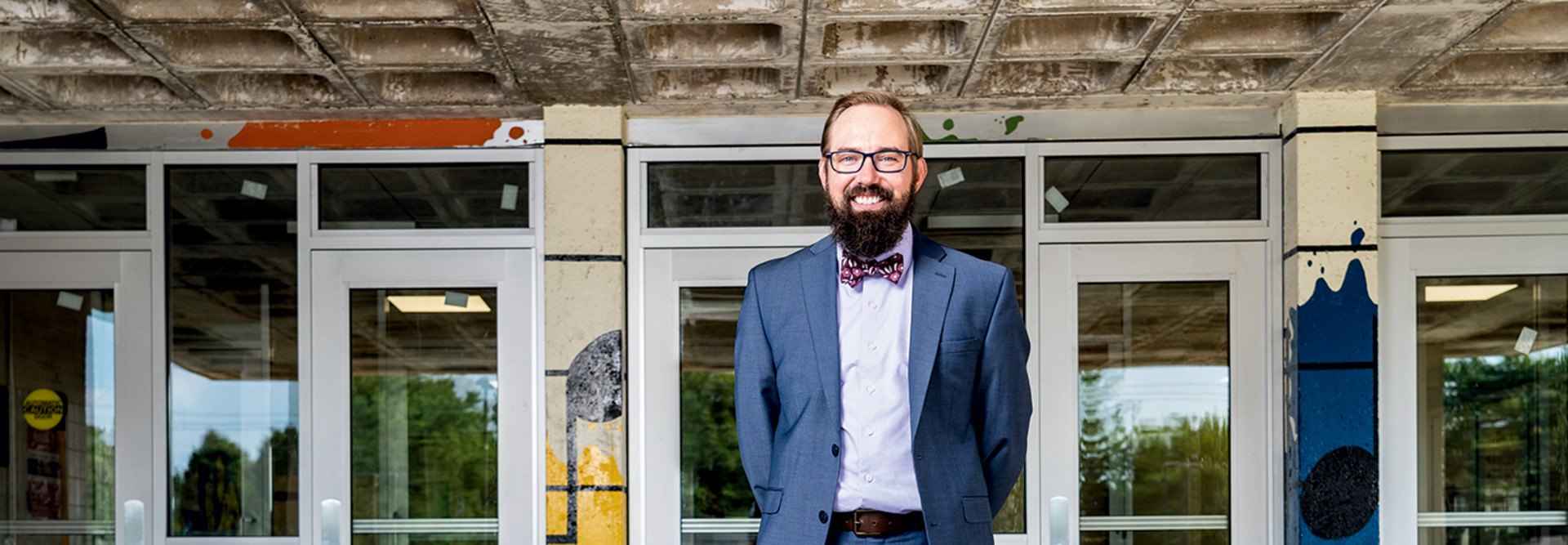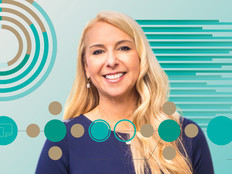Gathering and Using Data at All Levels
The Palm Beach district is the 10th largest in the country, with more than 197,000 students and 180 locations. It collects and generates a massive amount of data, much of which flows into an on-premises data warehouse that recently migrated to a Microsoft SQL server platform and IBM’s Cognos Analytics 11.
Data is imperative for a district like Palm Beach County’s, which serves students across the socioeconomic spectrum, Superintendent Donald Fennoy II says. For instance, “you need data systems to be able to capture kids who may be falling behind in a school that, overall, is doing exceptionally well,” he says. “We use data to make sure we can drill down to every student and every other facet of the organization.”
A critical component of the district’s data program is its team of report designers and reporting solution specialists, says Mark Howard, chief of performance accountability. The latter spend most of their time training and supporting schools in the use of data-driven reports — a primary tool for translating data into actionable insights.
“Their full-time job is to be in the field, getting feedback and bringing back suggestions, so it’s a continuous improvement process,” Howard says.
Soliciting users’ input is an important part of the data culture, he says. “When your users have a voice in the data and the design of the report, there is shared ownership,” Howard says.
A principal, for instance, might suggest a way to enhance a report — or even develop a new one — and a report designer and solution specialist will work together to figure out the best approach. The district further empowers school-level decision-makers with its integrated assessment and analytics platform. Role-based access allows teachers and principals to create assessment reports, for example, without delay.
“That has moved us forward, to have that type of real-time, flexible, custom reporting in the hands of our principals and teachers,” Howard says.
READ MORE: How can IT leaders support data-driven education?
With Better Data, Better Conversations Emerge
Data literacy has been integral to Osseo’s culture for years, says Anthony Padrnos, executive director of technology. He attributes that to a leadership emphasis on leveraging data in the classroom and in operations, strong collaboration among schools and superintendents, and professional learning communities (PLCs) for teachers. Together, these strategies have made data a part of the conversation, he says. “We have been striving for years to build the capacity of all our employees, but particularly our teachers, around data literacy and how to put data at the core of their decision-making,” Padrnos says.
Osseo is in its third year with Lightspeed Systems’ Relay, a platform that helps districts analyze and manage device, website and application use. The district recently expanded its one-to-one program to all of its 21,000 students (tablet computers for younger grades and Dell and Acer Chromebooks for older students) and increased its Lightspeed licenses accordingly.
DISCOVER: Learn how data analytics can make remote learning safer.
Osseo also relies on Hoonuit, a data warehousing solution, to track metrics such as attendance and academic performance. Role-based dashboards give teachers access to classroom data, which they can then bring into PLC conversations.
PLCs centered on data-driven instruction are a priority for the Saugus district, which enrolls about 10,100 students. Three years ago, SUSD launched its PLC program, including a new curriculum and assessment structure. Today, PLCs lead to rich insights among educators who gather to discuss their findings, says Mary Mann, principal of SUSD’s Cedarcreek Elementary School.












